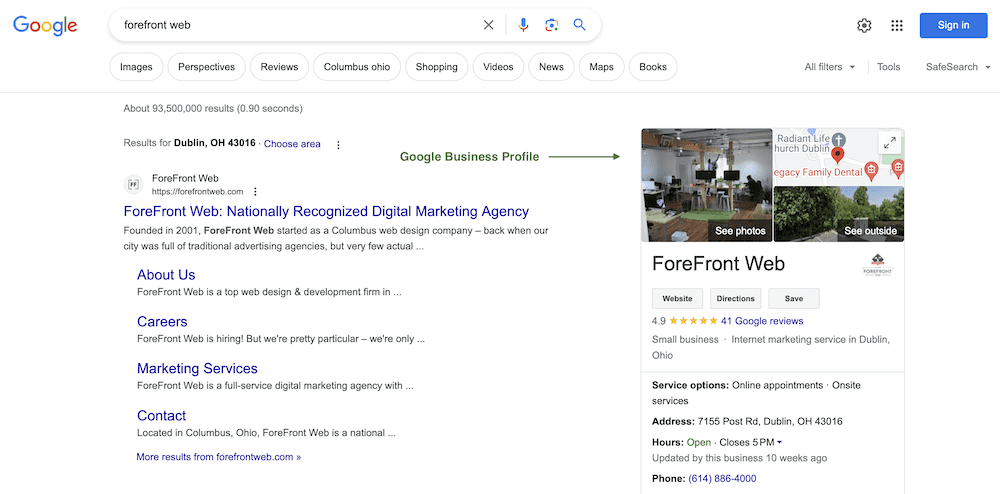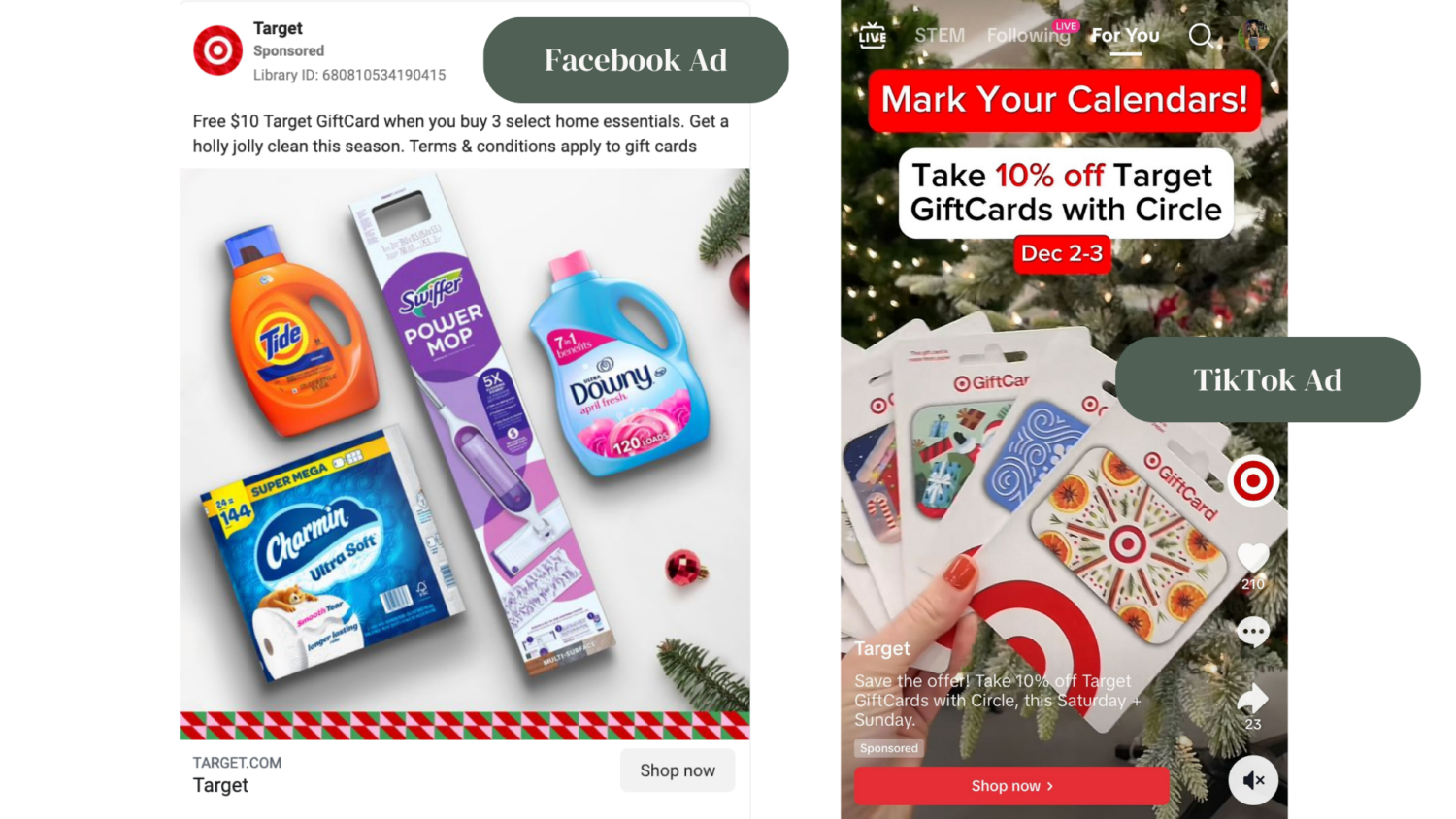
Boosting Your Local Brand Awareness Is Easy (With This Checklist)
Are you embarking on a new business adventure in your community, branching out with a new location, or striving to enhance your online footprint? We understand that steering through this segment of your digital marketing strategy can be complex. From verifying local listings, crafting and optimizing descriptions with targeted keywords, to implementing UTM tracking, it’s natural to have questions about the best approach.
Brand Awareness Matters, Here’s Why:
Having good street cred may be one of the most powerful assets a brand can have. Earning trust and recognition from your customers – especially on a grassroots level – is the gift that keeps on giving. There’s nothing more powerful than someone associating your brand with positive experiences and most importantly, trust. This makes word-of-mouth one of the most powerful resources for any sort of marketing. Buzz about your business translates to brand awareness. Because at the end of the day, we already know people are doing more than talking about brands face-to-face. They’re researching products, leaving reviews, creeping on mission statements, and are even looking up CEOs’ social media profiles to determine if they want to use their consumerism to support a brand.
Don’t get overwhelmed, though. Conquering brand awareness on a local scale starts with controlling what you can. Our best advice? Start with your Google Business Profile.

Step 1: Create Or Update Your Google Business Profile
One of the most important things you should do when assessing and improving your local brand awareness is creating or updating your Google Business Profile (GBP), formerly called Google My Business. This listing is a free, yet vital component of your local awareness strategy because it ensures your business is displayed when users search for your brand name or services you offer.
Your GBP holds a plethora of valuable information about your business. Your company’s GBP should improve users’ understanding of what your brand offers and how they can benefit. GBPs showcase a variety of aspects surrounding your business:
- Reviews
- Frequently asked questions
- Business hours
This coincides with your existing conversion paths to increase leads. Think phone numbers, websites, social media links, and appointment request tools. This module is also where prospective customers can view photos of your business and get directions to visit. It all comes together here!
Since GBP holds so much value and is often the first part of the SERP (search engine results page) a user will see when searching for your brand, it is pivotal that your information is up to date. Below the general information about your company, there is a section for posts made by your brand, similar to a social media post. Posting regular updates here that showcase your brand’s expertise will increase your credibility in the eyes of prospects and increase the space your GBP takes up.
Quick note: if you are running Google Ads alongside your organic efforts, make sure your Google Business Profile is connected to your Google Ads account, and that you have location assets turned on. Doing this will make sure users who see your ads get additional information about your brand.
Step 2: Update Your Social Media Profiles & Make New Location Announcements
More and more, customers are finding new brands they love via social media. Social media platforms, especially TikTok and Instagram, are increasingly functioning as search engines in the eyes of consumers. Keeping your social profiles up to date is paramount to success on these platforms and establishing trust between yourself and your customers.
Thankfully, building and updating your social media profiles is less robust than updating your GBP. Main items that need to be included and up-to-date include:
- Your company URL.
- Business location/address.
- A well-written bio.
Hint: your bio should include your brand’s voice, values, and services offered, all wrapped up in a bite-sized message.
Some platforms, such as Facebook, allow you to add your business hours and ways to make appointments; make sure these are up-to-date too! If you’re opening a new location, announcing this milestone on your brand’s social media is a must! Post information about where your location is, what sets it apart from your existing location (and your competitors), and invite your followers to a grand opening.
Social media is NOT a set-it-and-forget-it aspect of branding, but a tool that must be kept up with. ForeFront Web offers social media management to ensure your business stays in touch with your audiences, stays relevant in this fast-changing environment, and efficiently communicates offers and events to your customers.
Step 3: Optimize For Local Keywords
Free or inexpensive tools like SemRush and Moz can provide local keyword rankings for your site. On both of these platforms, your site needs to be set up as a project with tracked keywords in order to view its local rankings. Alternatively, on SemRush you can manually search individual keywords in the Keyword Overview and scroll through SemRush’s SERP analysis.
Another tool, Google Search Console, won’t show state or city-specific metrics, but can show you what location-based terms your site shows up on the SERP for. This can be viewed on SemRush and Moz as well. Determining what keywords your website should be optimized for can be a complicated process. You will want to consider a term’s search volume, keyword difficulty, search intent, and relevance to your business.
Once you’ve identified your priority local keywords, you can swiftly implement on-page optimizations. This includes updating your meta titles and descriptions, making header adjustments, and enhancing your blogs or pages. A smart approach involves incorporating your priority keywords and location into your meta tags and select H1s (the first header on the page).
By integrating location callouts in your blogs and pages, you enhance your visibility for searches that combine location-based keywords with the services you offer.
Step 4: Update Your Local Listings In Directories
If your company utilizes tools like Moz Local or BrightLocal for managing your business listings in online directories, it’s crucial to keep these listings current. If you’re not using such tools, manually updating your business information on directories like Yelp is a viable alternative to maintain up-to-date listings across various sites, thereby enhancing the visibility of your brand’s new locations.
Overwhelmed by the plethora of digital marketing tools out there? We understand. Our team is here to manage the updating of your local listings and offer local SEO services. To give you a clearer picture of your current online presence, we’ll even provide a complimentary audit!
Step 5: Email Existing Customers
If your existing customer base doesn’t know that you moved or opened a new location, they also don’t know to come visit or that you now service their area. Reach out to customers on your existing email lists with an eye-catching newsletter informing them of your updated address or location, and consider offering an incentive such as a discount to celebrate the news.
Step 6: Run Outreach Ads And Make Changes To Your Ad Copy
Running ads on social media is a great way to reach users who are local, but might not have a strong sense of familiarity with your brand. Keep your messaging simple but informative, with one call-to-action per ad as to not overwhelm users with competing instructions. Your creative should match the tone of your brand voice and use high-quality imagery. It should also match the expectations of the platform you are advertising on – for example, TikTok’s platform requires a much different type of ad than Facebook, as a static ad would look very out of place.
If you are running ads, consider including your location in your ad copy, especially if you are a service-based company. Google Ads allows you to dynamically insert the user’s location into your ads’ headlines which provides an added feel of personalization to the user experience.

Own Your Backyard, Attract More Local Customers
By implementing these six steps, you’ll significantly boost your local brand awareness in ways you haven’t experienced before. Remember, while word-of-mouth remains powerful, most customers now follow up on any mention of your brand with online research before visiting, calling, or purchasing from you altogether.
Contrary to common perception, maintaining an optimized website and online presence is a continuous, often time-consuming task. Liberate yourself to focus on what you excel at – running your business! Entrust your brand’s digital marketing to the skilled hands of our SEO and paid ads experts at ForeFront Web. Book a zero-commitment consultation with us before the end of the year to kickoff your 2024 success!




